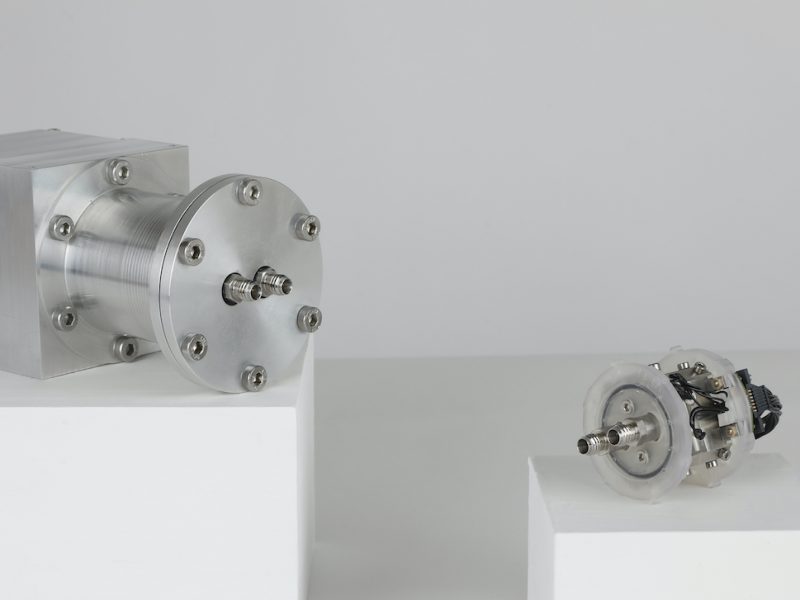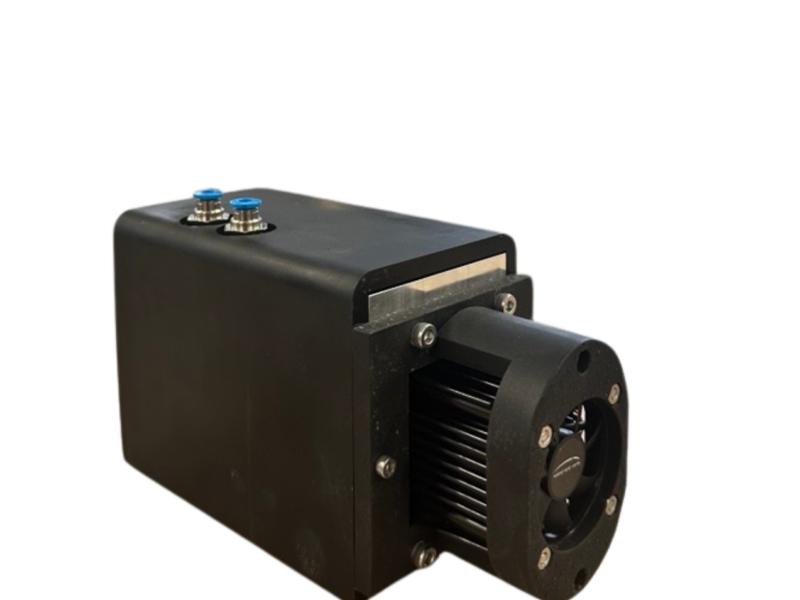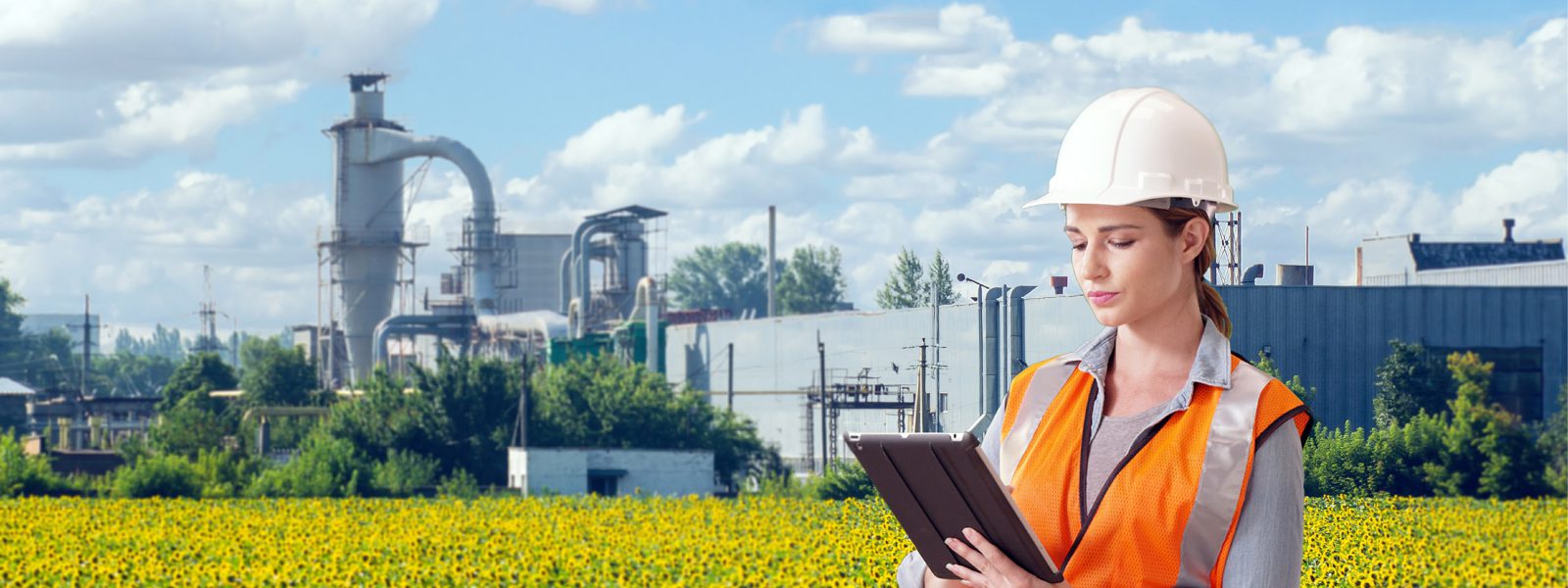 Industry
Industry
Industry (Chemical, power plants, incinerators, oil & gas, new energies…) require new gas sensing technologies to optimize their processes and reduce their environmental impact.
Cascade laser technologies combined with photoacoustic sensor provide new opportunities for developing smaller, faster and more affordable systems. Recent advances in QCL lasers have made compact laser sources available in the MIR.
Applications are :
- Biomethane / biogas / natural gas quality monitoring (H2O)
- Hydrogen contamination by pollutants in fuel cell new energy
- DeNox scrubbers in all combustion processes : ammonia injection is used as a reagent to reduce the NOx emissions. The measurement of the ammonia slip (leftover) is a tool for the optimization of the SCR
- Leak detection on natural gas pipelines (CH4, NH3…)
- Fugitive emissions of hazardous / toxic gases in petrochemical plants (VOC’s…)
- Confined air contamination
Environment
Excessive quantities of pollutants (NOx , CO, NH3, VOC, ..) emitted into Earth’s atmosphere by transportation, industry and agriculture livestocks may cause diseases, allergies and sometimes death of humans; it may also cause harm to other living organisms such as animals and food crops, and may damage the natural or built environment. Monitoring and diagnosis of air quality are essential for providing clean and safe air for breathing.
Environmental regulations worldwide therefore impose a strict control of the atmospheric pollutants thanks to :
- Continuous Emission Monitoring (CEM) of industrial combustion stacks. For CEM, the measured gases are mainly light molecules like NO, NO2, SO2, CO, CO2, NH3….
- Air Quality Monitoring :
- Atmospheric monitoring systems are implemented to monitor the environmental impact of transportation / industry / agriculture livestocks (CO, VOC, NOx, SO2….)
- Greenhouse gas monitoring stations are critical for gathering more reliable data about global warming (CO2, H2O, CH4, N2O)
- Odor monitoring systems to control releases from industrial or sewage water treatment plants (NH3)
To face all those challenges, it is necessary to develop new gas sensing instruments. The ideal instrument must be compact (portable), accurate, features real time analysis and reduced maintenance, while being affordable.
Our products dedicated to industry and environment

UNIMIR
Distributed feedback Quantum cascade lasers (QCLs)The only semi-conductor laser technology covering the 10-19 microns range. UniMir world exclusive technology open a new field of molecular spectroscopy.
Read more
MULTISENSE
Industrial Gas AnalyserA game changer in the world of gas analysis ! MultiSense module is a compact OEM trace multigas analyser specifically designed to meet the expectations of gas system integrators and manufacturers for the industry.
Read more
MIRCHIPX
High-performance Smart investmentGas analysis, detection, monitoring... MirchipX is a compact and highly stable NH₃ sensor, combining QCL-PAS precision with long-term robustness. Its low drift, easy integration and real-time sub-ppm detection make it ideal for demanding industrial and environmental applications.
Read more